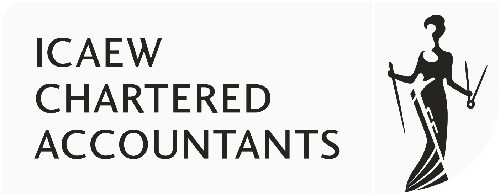UK and International Tax news
EC Adopts FASTER Directive On Withholding Tax Procedures
Tuesday 17th December 2024
On 10 December 2024, the European Council formally adopted new rules for withholding tax procedures, having previously issued a draft directive in May 2024.
The new FASTER Directive aims to make withholding tax procedures in the EU safer and more efficient for cross-border investors, national tax authorities and financial intermediaries including banks and investment platforms.
Double Taxation
Currently, many member states levy withholding taxes on dividends and interest paid to investors who live abroad. At the same time, those investors have to pay income tax in their country of residence on the same income. Although treaties between member states aim to solve the issue of double taxation, the reclaim withholding tax procedures vary considerably from one member state to another. This can often result in relief or refund procedures being lengthy, costly and cumbersome, and vulnerable to large-scale tax fraud.
Common Tax Residence Certificate
The Directive introduces a common EU digital tax residence certificate (eTRC) for tax paying investors to use in order to benefit from the fast-track procedures to obtain relief from withholding taxes. Member states will provide an automated process to issue digital tax residence certificates (eTRC) to a natural person or entity deemed resident in their jurisdiction for tax purposes.
Fast Track Procedures
The Directive will allow member states to have two fast-track procedures complementing the existing standard refund procedure for withholding taxes. This will make relief and refund processes faster and more closely harmonised across the EU. Member states will have to use one or both of the following systems:
- a “relief-at-source” procedure where the relevant tax rate is applied at the time of payment of dividends or interest
- a “quick refund” system where the reimbursement of overpaid withholding tax is granted within a set deadline
Member states must apply the fast-track procedures if they provide relief from excess withholding tax on dividends paid for publicly traded shares or interest paid on publicly traded bonds.
Member states will have the option to maintain their current procedures and not apply Chapter III [Articles 5 to 16] of the Directive, if
- they provide a comprehensive relief-at-source system applicable to the excess withholding tax on dividends paid for publicly traded shares issued by a resident in their jurisdiction and their market capitalisation ratio is below a threshold of 1.5% of the market capitalisation of the EU as a whole, as reported by ESMA. However, if this ratio is exceeded for four consecutive years, the rules will become irrevocably applicable. In such cases member states will have five years to transpose the rules of the Directive into national law. These features are designed to take into account the size of the financial markets of Member States, while also recognising that some Member States maintain national systems that are adequate for their current market conditions.
- they provide relief from excess withholding tax on interest paid for publicly traded bonds.
The Directive includes additional circumstances in which member states may exclude, completely or partially, requests for withholding tax relief from the fast-track procedures, in order to perform further checks, with a view to preventing fraud.
There are also provisions regarding indirect investments for cases where the investor does not invest directly but through a collective investment undertaking.
Under the new rules, certified financial intermediaries requesting relief on behalf of a registered owner will need to carry out due diligence regarding the registered owner’s eligibility to benefit from tax relief.
Standardised Reporting For Financial Intermediaries
The Directive proposes standardised reporting obligations for financial intermediaries in order to make it easier for national tax authorities to detect potential tax fraud or abuse.
Member states will be required to establish national registers for large and optionally smaller financial intermediaries to be certified. The registration procedure will be made through a European Certified Financial Intermediary Portal, which will act as a central dedicated website on which the national registers will be accessible.
Member states will retain the necessary discretion when it comes to registering and removing certified financial intermediaries in specific cases and to adopting measures that concern them. Once registered the financial intermediaries will need to report necessary information to the relevant tax authorities so that the transaction can be traced. Member states will have the option of requesting more extensive reporting in relation to transactions with a view to detecting possible cases of tax abuse or fraud.
Direct and indirect reporting will be possible. Where the reporting is direct, a certified financial intermediary is to report directly to the competent authority of the source member state. Where the reporting is indirect, the information is to be provided by each of the certified financial intermediaries along the securities payment chain. Penalties will be imposed by member states where reporting obligations are not complied with.
Next Steps
The text of the Directive will now be published in the EU’s Official Journal and enter into force. Member states will have to transpose the Directive into national legislation by 31 December 2028, and become effective from 1 January 2030.
Contact Us


